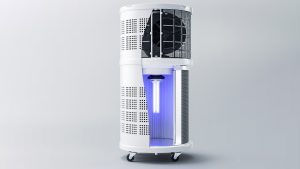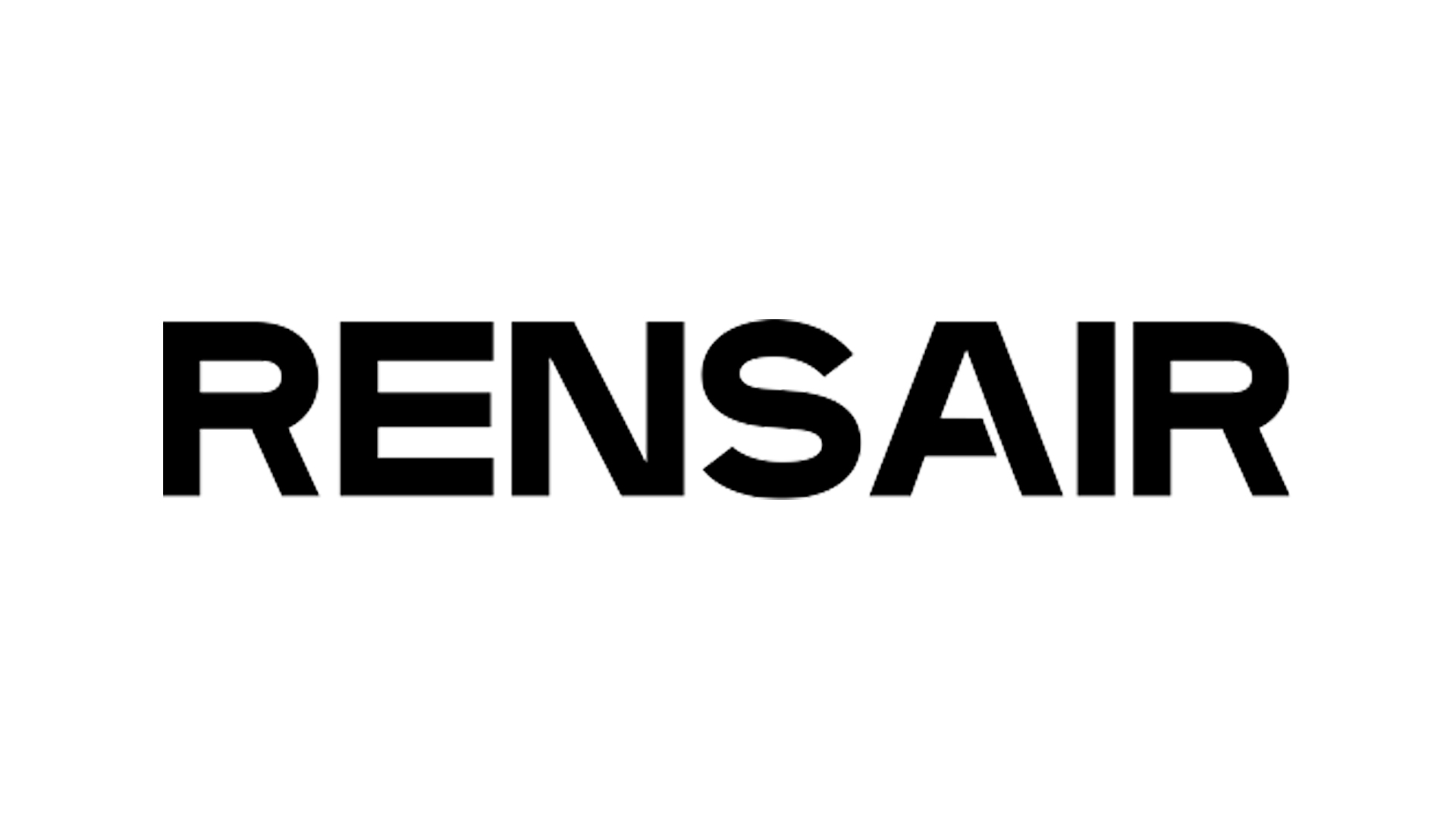
Christian Hendriksen, Co-founder and CEO of Rensair makes the case for improved ventilation in healthcare settings to mitigate the risk of infection transmission.
The gargantuan scale of the patient backlog has now been exacerbated by Omicron. While staff absences and shortfalls are a much-discussed hindrance, there are other issues that play a part in thwarting patient throughput. One such issue is ventilation – or the lack of it.
Airborne viral transmission
The World Health Organization’s guidance on COVID-19 now places far greater emphasis on inhaling airborne droplets than touching contaminated surfaces. Infection occurs either directly through droplets or indirectly through airborne dissemination (aerosols).
COVID is by no means the only threat. In September 2020, The Lancet claimed that ‘the rise in multidrug-resistant bacterial infections that are undetected, undiagnosed, and increasingly untreatable threatens the health of people’ globally. It added that such infections claim at least 700,000 lives per year worldwide and are projected to cause 10 million deaths per year by 2050. Norovirus is a good example. Known to spread in aerosol droplets that are created when infected children or adults vomit and/or have diarrhoea, it already results in a total of $4.2 billion in direct health system costs and $60.3 billion in societal costs per year.
Despite prevailing knowledge, preventative measures in hospitals still focus largely on fomite cleaning and hand washing. Ventilation must be elevated on the healthcare agenda.
Poor ventilation contributes to the backlog
Ventilation is critical to infection control. Yet structural under-ventilation has long been a challenge throughout the NHS, mainly due to inadequate existing ventilation systems in older hospitals and prohibitive retrofit costs and disruption.
When a highly infectious disease paralyses the nation’s health facilities, poor ventilation has a direct impact in terms of reduced operating capacity (to allow for social distancing) and increased fallow time between treatments (to remove virus particles, especially after Aerosol Generating Procedures).
Air change standards are not widely achievable
Targets for clean air delivery within healthcare are ambitious, and rightly so. The WHO’s latest ventilation roadmap stipulates 160 L/s/patient or 12 ACH where Aerosol Generating Procedures (AGPs) are performed, with a fallback position of 60 L/s/patient or 6 ACH in other areas such as wards.
Government guidance, set out within a ventilation addendum to the latest January 2022 infection prevention and control guidance, specifies 10 L/s/person as the lowest common denominator. Even achieving that is a challenge for many NHS buildings. Rather than being an exception, the shortfall in ventilation levels is the norm. The WHO’s advice to ‘consider reducing the maximum room occupancy to meet the L/s/patient standard’ puts severe capacity constraints on hospitals and perpetuates the backlog.
Studies of non-epidemic nosocomial infection in hospitals have indicated that 10 to 24% of the infections are spread through the air. Such infections account for 7% in developed and 10% in developing countries, prolonging hospital stays and further contributing to hospital waiting lists.
Post AGP downtime worsens delays
Fallow time is defined as the amount of time an operatory is left empty after an Aerosol Generating Procedure (AGP) to permit the clearance and/or setting of airborne droplets or aerosols. The room must remain empty for a length of time that achieves 99.9% removal of airborne contaminants.
A dental appendix to the January 2022 government guidance provides an update on post AGP downtime. Where there are 10 or more ACH, a baseline post AGP downtime of 15 minutes is recommended. However, that downtime increases to 20 minutes where there are 6 to 9 ACH and up to 30 minutes where there are 1 to 5 ACH, or where the ventilation rate is unknown. Poor ventilation extends fallow time.
Bridging the ventilation gap
To bridge the ventilation gap, the WHO states that ‘If no other (short-term) strategy can be adopted, consider using a stand alone air cleaner with HEPA filters.’ Portable air purifiers offer a universally practical infection control measure, such that ‘Total Ventilation = Outside Air Ventilation + Portable Air Purification’. By plugging the clean air gap, room occupancy can be increased, adding patient capacity while mitigating risk.
In a standard 30m3 dentist surgery room (4x3m with normal ceiling height), an air purifier capable of cleaning 560m3 per hour would change the air 18 times an hour (18 ACH). That means a dentist can operate with the minimum 15-minute fallow period, substantially increasing patient throughput.
The SAGE guidelines are clear
The SAGE committee’s November 2020 report – Potential application of air cleaning devices and personal decontamination to manage transmission of COVID-19 – recommends air cleaning devices for reducing airborne transmission in poorly ventilated spaces. It endorses subtractive technologies (filtration and direct inactivation) – specifically fibrous filtration (HEPA) and germicidal UV (UVC) – which together trap and inactivate the virus, as safe and effective technologies. It should be noted that units must be heavy-duty and hospital grade, with a powerful fan to circulate the air and ensure effective cleaning throughout an entire space.
SAGE cautions against additive technologies (based on indirect chemical reaction), which lack proof of efficacy and can cause respiratory issues or skin irritation: these include ionisation, plasma, and photocatalytic oxidation.
HEPA and UVC – a winning combination
The performance of HEPA filtration is well documented. When applied to the current pandemic, it achieves 99.99% efficacy when trapping the typical size of COVID particles (circa 0.1 micron) and the typical size that COVID particles are transmitted when enveloped in respiratory fluid droplets (circa 0.5 microns and above).

UVC light at 254nm breaks down the DNA and RNA in viruses and bacteria. The irradiation dose needed for inactivation varies from pathogen to pathogen but, when particles are held in place on a HEPA filter and exposed to a constant and high irradiation dose, 100% of them are successfully disinfected.
Portable air purification is the practical solution
While poor ventilation is one root cause of the NHS backlog, it is an easy fix.
Not only can clean air restore capacity, reduce fallow time, and help clear the backlog. There is a sizable energy cost saving in using air purifiers instead of increasing the AHU ventilation rate or opening windows and cranking up the heating: enough to offset the capital cost of the units over a relatively short period.
While the healthcare sector has much to vent about that is beyond its control, achieving the correct level of indoor air quality is well within the gift of hospital management.
Christian Hendriksen is Co-founder and CEO at Rensair, a UK company that protects and enhances lives through air purification. In a test to determine Rensair’s performance in reducing the concentration of COVID-19 particles in the air, the Danish Technological Institute recorded a particle reduction rate of 99.98% in 15 minutes and above 99.99% in 30 minutes. Furthermore, the test reported 100% elimination of virus particles on the filter, with zero traces detected.
This article is from issue 21 of Health Europa Quarterly. Click here to get your free subscription today.

























